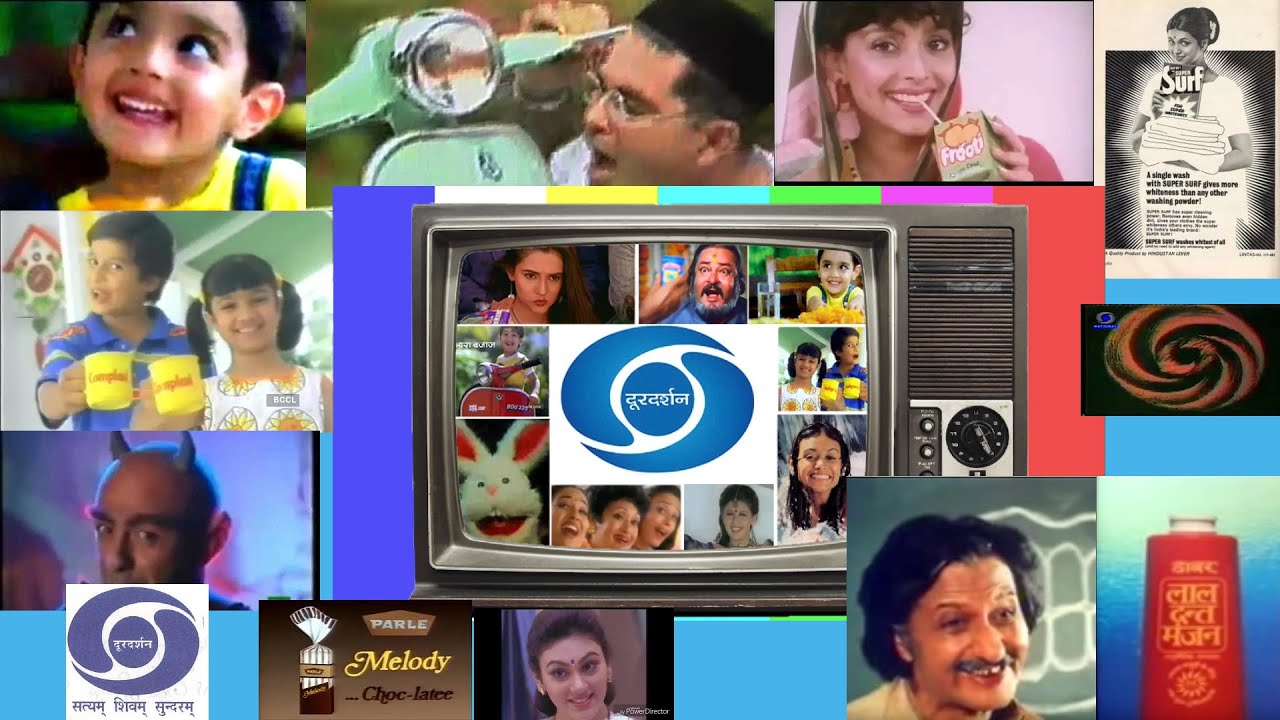Indian advertising has witnessed a radical shift-from the days of iconic TV jingles that were etched into the country's collective memory, to the present meme-based, data-driven, and hyper-targeted digital promotions. While brands compete to seize transient attention spans, the trajectory of Indian advertising reflects the evolution of the country socially, technologically, and culturally.
If you are an Indian who spent your childhood in the '90s or early 2000s, you must still mouth the "Washing Powder Nirma" song or remember the classic "Hamara Bajaj" theme. These songs were not mere commercials-they were cultural touchstones. Now jump to 2025, and the world is ruled by viral Instagram reels, influencer collaborations, and meme marketing, and the transition is as much about technology as it is about imagination.
The Golden Era: Jingles and Mass Media
-
Catchy & Memorable: Jingles such as "Vicco Turmeric" and "Utterly Butterly Delicious" for Amul became household songs, fueling brand recall and emotional affinity.
-
Mass Reach: TV and radio were the main media, so repetition and nostalgia were strong weapons for brands.
-
Emotional Storytelling: Advertisements tended to appeal to national pride and family values, becoming part of the social fabric.
The Digital Revolution: Rise of Short-Form Content
-
Contraction of Attention Spans: Brands transitioned from 30-second commercials to 10-second shorts and reels, emphasizing immediate engagement.
-
Algorithm-Driven Virality: Instagram and YouTube Shorts allow content to become viral overnight, reaching millions naturally.
-
User Engagement: The audience remixes, duets, and engages with brand material, bringing marketing more participative and interactive.
The Meme Wave: Humor, Relatability, and Virality
-
Meme Marketing Boom: India's meme marketing market is expected to grow to ₹3,000 crore by 2025, with more brands investing in meme-based campaigns.
-
Cultural Relevance: Memes enable brands to engage with pop culture, humor, and trending themes, making the ad more shareable and relatable.
-
Resilience of the Format: In spite of fears of "meme fatigue," the format continues to be powerful, particularly as audiences grow more accepting of edgy humor.
AI, Data, and Personalization: The New Frontier
-
AI-Driven Campaigns: Data analytics and artificial intelligence are now at the core of developing tailored, targeted advertising that adjusts in real time based on consumer activity.
-
Programmatic and Omnichannel: Programmatic advertising, connected TV, and measurement models that integrate data are used by brands to optimize reach and influence.
-
Experiential Content: Influencer-driven storytelling, immersive tech, and mixed reality are driving a new generation of brand experiences.
Nostalgia Meets Innovation
-
Remaking the Old: A few brands are revamping retro jingles for online platforms, fusing nostalgia with new-gen formats.
-
Hybrid Approaches: Best-performing campaigns strike the right balance between emotive storytelling and engaging, shareable content.
Top Examples
-
CRED's Blockbuster Ads: Star-studded, meme-worthy campaigns that erase boundaries between entertainment and advertisement.
-
Dream11's Star-Studded Spots: Celebrity-studded ads with a procession of celebrities, aimed at maximum sharability and humor.
-
Zomato & Swiggy: Using social media trending challenges and sounds to reach younger viewers.
The Road Ahead
India's ad market will grow at 7% in 2025, as digital ad spending crosses 60% of the total. While AI, mixed reality, and influencer marketing redefine the sector, the path to success rests in combining the ageless appeal of storytelling with the immediacy and interactivity of digital channels.
"Advertising is not old vs. new-it's about adaptation. The most successful brands aren't the ones mired in the past or mindlessly chasing trends but the ones that understand how to blend nostalgia with the now."
Sources: Inshorts, Journalism University, Economic Times Brand Equity, LinkedIn, Marketers of India

